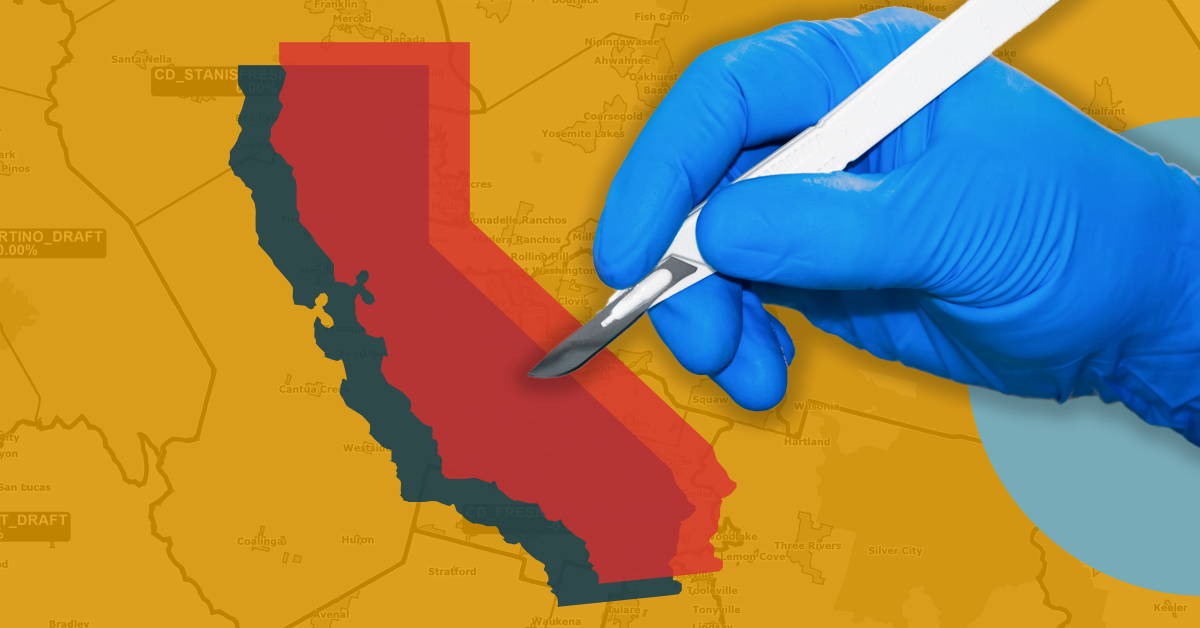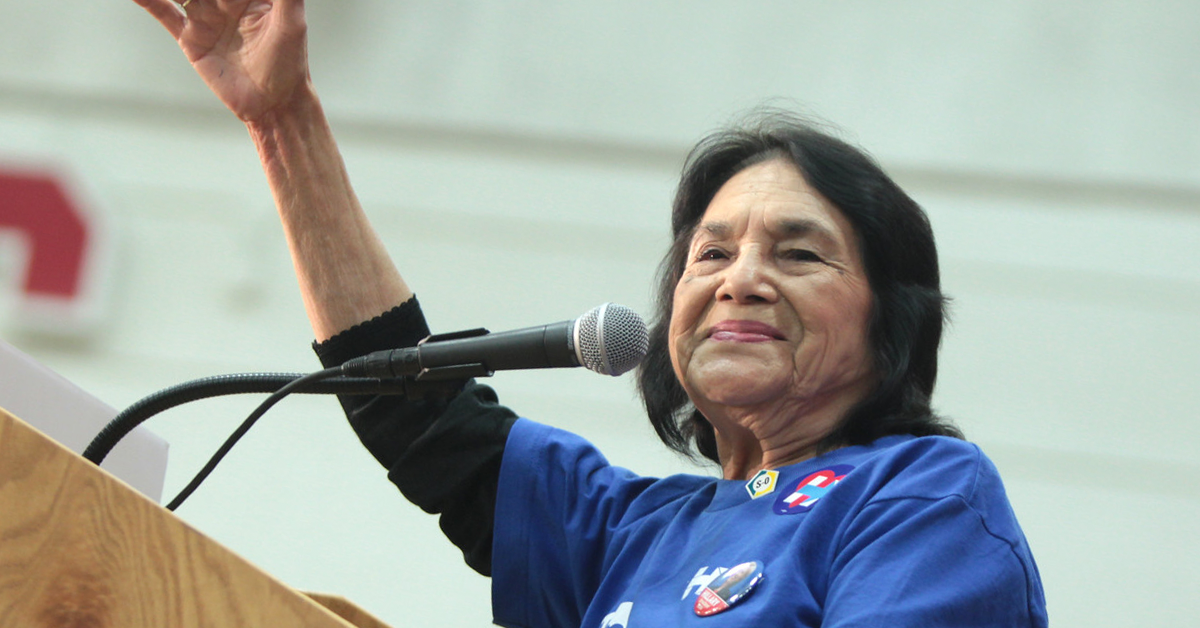California’s political mapmakers are heading into the final stretch of determining boundaries for the Golden State’s Congressional and legislative boundaries, reviewing, tweaking, and – in a growing number of cases – completely overhauling draft maps tendered just ahead of Veteran’s Day.
The citizen-led panel kicked off its three week review of maps on Wednesday by delving into the most legally-significant issues surrounding boundaries for the California State Assembly: compliance with the Federal Voting Rights Act of 1965.
For the San Joaquin Valley, citizen commissioners – led by a specialized VRA consultant – labored over how to strengthen the region’s three Hispanic-majority districts to increase Hispanic voting power.
In recent weeks, commissioners faced heavy pressure from Valley-centric advocates, particularly associated with the Dolores Huerta Foundation, to juice the percentage of Hispanic citizen-voting age population in these minority-majority districts from a mere 50 percent to majority to outright supermajorities.
“We’ve received significant testimony from communities within the Central Valley that our CVAP levels need to be sufficient to allow Latino to vote for candidates of their choice,” said Wednesday’s Commission Chair, Pedro Toledo, acknowledged as the panel turned to the Valley’s Assembly map.
Some public comments related to increasing Hispanic majorities within the Valley’s Hispanic-majority districts bordered on racial gerrymandering prohibited by the same Voting Rights Act.
Commissioners were left with a fundamental question: could you strike a balance between the promised scalpel-level changes to the draft map and juice Hispanic population in these specially-crafted districts?
The short answer: not really, as – in some cases – there aren’t enough voting age Hispanic residents to go around to meet the lofty standards of advocates.
Boosting the Golden Empire’s VRA seat
The first district under the microscope? The West Bakersfield district, which has an Hispanic citizen voting-age population (CVAP) of 57.23 percent as devised in mid-November.
After much debate over how to boost Hispanic CVAP percentages, Commissioners felt like they had a path to extricate portions of the City of Bakersfield southwest of Olde Stockdale.
The end result was a district with nearly 63 percent Hispanic CVAP. The only issue? The district’s total population deviation, which cannot go above 10 percent of the ideal, registered at 15 percent under the ideal.
The Commission’s professional mapmakers devised an alternative: incorporating the entire City of Shafter and neighboring unincorporated communities in northern Kern County into the VRA district and slimming down the reductions within Bakersfield southwest of Olde Stockdale.
This change produced a 61.1 percent Hispanic CVAP district and brought deviation to only -2.27 percent of the ideal.
Lots of jockeying, little change over Fresno Co. Assembly districts
The push for heightened Hispanic majorities within Voting Rights Act Assembly Districts on the Valley floor grew more difficult as Commissioners trended north.
Commissioner Alicia Fernandez stated her goal in the Valley was to supplement the Hispanic CVAP percentages for a north Valley district, stretching from Merced to Fresno counties, dubbed “Merced-Fresno,” which eked just above a 50 percent majority of Hispanic residents.
Before reaching that point, however, Commissioners attempted to reconcile southerly districts in Fresno, Tulare, and Kings counties.
A lengthy back-and-forth over reallocating the City of Parlier from a Fresno-centric Assembly seat to the Tulare-Kings anchored seat managed to produce negligible results for increasing Hispanic majorities in the south Valley legislative seat.
VRA consultant David Becker cautioned Commissioners that the proposal equated to “robbing Peter to pay Paul.”
The draft version of a south Fresno County Assembly seat dropped from 53.13 percent Hispanic CVAP as originally drawn to 52.23 percent with Parlier removed.
Meanwhile, the Parlier shift only boosted Tulare-Kings’ Hispanic majority from 54.07 to 54.95 percent.
“This is nearly a full percentage point drop of Latino CVAP in Fresno district. I’m not saying that this can’t be done and that this will pose a problem. It just gets into a little bit more of a gray area.”
Old Fig Garden, a black neighborhood?
Old Fig Garden, the historic neighborhood home to Fresno’s Christmas Tree Lane – stretching from Shaw to Shields Ave. – became the subject of intense debate among Commissioners hoping to boost Hispanic CVAP in the southern Fresno Assembly seat and potentially reallocate populations to the Merced-Fresno seat.
The debate exposed the panel to a common refrain among detractors: that its members often know very little about the geography and communities affected by their decisions.
During debate, Commissioner Patricia Sinay made an extraordinary claim about the historic Fresno neighborhood.
“Old Fig Garden is a traditionally black community and therefore, because there is crossover voting, that should be OK,” Sinay said.
Old Fig Garden, initially developed by J.C. Forkner, was and is still densely populated by white residents.
Forkner recently came under attack for restrictive covenants inserted into the deeds of properties he developed, prompting Fresno Unified to rename the elementary school named after him.
Sinay followed up by noting that local Hispanic residents asked during public comment to carve out Old Fig Garden from the south Fresno Assembly seat.
A struggle to juice Hispanic population in Merced-anchored Assembly seat
With little ability to make headway in how to shift Old Fig Garden, the panel moved on to Fernandez’s original ask – trying to shore up Hispanic population within the Merced-Fresno district – by attempting to navigate census tracts with its neighbors.
With too little of Hispanic population to cull from the south Fresno Assembly seat without endangering its Hispanic CVAP majority status, the lone remaining option centered on drawing Hispanic residents from another VRA Hispanic majority district anchored in San Benito County.
That district, which was drafted with 56.08 percent Hispanic CVAP, proved to be anathema to members of the panel, too.
The reason, San Joaquin County resident and Commissioner Neal Fornaciari noted, was that most of the Hispanic population within the San Benito district resided in the city of Hollister, requiring too drastic of a redraw to incorporate it into Merced, Madera, and western Fresno counties.
The California Redistricting Commission is continuing its hearings to finalize maps on Assembly districts through Monday.










